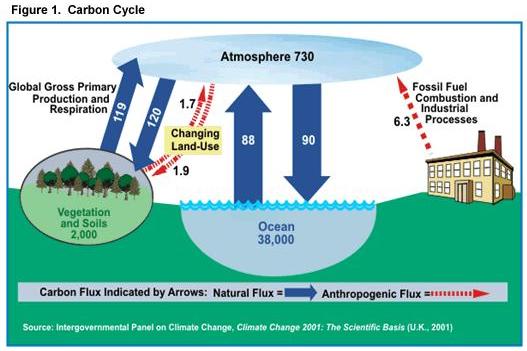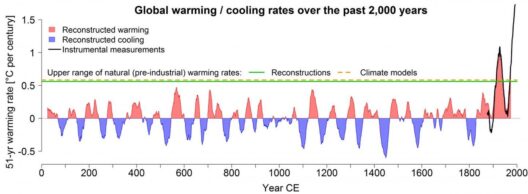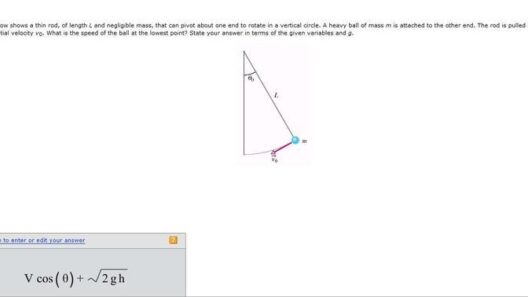Machines have intricately woven themselves into the fabric of our daily lives, operating seamlessly and often invisibly to aid in various tasks. However, the operation of these mechanical marvels is governed primarily by a fundamental principle of physics: the law of conservation of energy. This principle states that energy cannot be created or destroyed, but can only be transformed from one form to another. As we delve deeper into how machines adhere to this crucial law, we uncover not only their operational intricacies but also the philosophical implications of their existence in an energy-dependent world.
At the heart of every machine lies an engine, whether it be a simple pedal-driven device or a complex internal combustion engine. The energy transformation starts with input energy, which can derive from various sources such as electricity, chemical combustion, or human effort. For instance, consider the humble bicycle. When a cyclist pedals, they convert chemical energy stored in their muscles into kinetic energy, propelling the bicycle forward. In this case, the law of conservation of energy is manifest in the transformation of energy from one form to another, demonstrating the bicycle’s efficient design.
Mechanical systems often possess numerous components, each playing a role in the energy conversion process. For example, in a hydraulic lift, energy is supplied in the form of mechanical work when a force is applied to a small piston. This force generates fluid pressure, which is then transmitted through hydraulic fluid to lift a heavier load. The energy is still conserved; it has merely transformed from mechanical work into hydraulic energy and then back into mechanical energy to elevate the load. This efficiency showcases the ingenious engineering behind such machines.
Moreover, the law of conservation of energy implies that for every action, there is an equal and opposite reaction. This concept is vividly illustrated in the workings of flywheels, which store kinetic energy. As they rotate, they preserve energy by maintaining their momentum. When the energy input is greater than energy output, the excess energy is meticulously conserved within the system. This strategy is fundamental to numerous applications, from vehicles to electrical grids, where energy storage and release need to be optimized.
Friction presents an interesting challenge in the context of energy conservation. While energy can transition seamlessly between forms in ideal settings, real-world machines are often impeded by frictional forces, which dissipate energy as heat. This phenomenon is evident in anything from car engines to simple gears in toys. Engineers and designers tirelessly work to reduce friction through lubrication and material selection, thereby conserving energy more effectively and enhancing the overall efficiency of machines.
The interplay of energy transformation and efficiency is breathtakingly illustrated in technological advancements such as electric motors. Electric energy is first converted into mechanical energy through electromagnetic induction, propelling motors to perform an array of functions from spinning a fan to driving a vehicle. In this context, energy arrives in a concentrated, manageable form, which allows for superior control over how it is used. Such machines embody the elegance of modern design while adhering strictly to the laws of physics.
When examining larger systems, like power plants, the law of conservation of energy gains complexity. In such setups, energy flows through a series of transformations—from thermal energy produced by burning fossil fuels to mechanical energy used to turn turbines that generate electricity. Here, tremendous amounts of energy change hands, yet the total amount remains consistent, illustrating the conservation principle. However, this process often entails the loss of usable energy in the form of waste heat, prompting engineers to seek innovative solutions to capture and utilize this lost energy, thereby enhancing the efficiency of the system as a whole.
The aesthetic appeal and operational prowess of machines also spark a fascination that extends beyond mere functionality. The design of machines—often perceived as mere tools—carries with it an artistic sensibility intertwined with engineering principles. Consider the incredible attention to detail in a finely crafted engine or the streamlined form of an aerodynamic vehicle. This interface of art and science encapsulates humanity’s relentless pursuit to harness energy while respecting its foundational laws.
As machines grow ever more advanced, a conscious effort towards sustainability emerges, driven by the global consciousness around climate change. The challenge lies in designing machines that not only adhere to the law of conservation of energy but also minimize their environmental impact by optimizing energy use and reducing emissions. Renewable energy technologies, such as solar panels and wind turbines, exemplify this commitment. Such innovations signal a paradigm shift toward a future that harmonizes human ingenuity with the preservation of our planet’s resources.
In conclusion, machines epitomize the elegant dance of energy conservation, a principle that regulates their operations and shapes their design. From intricate hydraulic systems to streamlined electric motors, the mechanisms behind these marvels serve a greater purpose. As we face the pressing challenges of climate change and resource depletion, the conversation around machines becomes vital. They are not merely mechanical creations but reflections of our understanding of energy, efficiency, and sustainability—an intricate tapestry of human innovation aligned with the perennial truths of the natural world.








